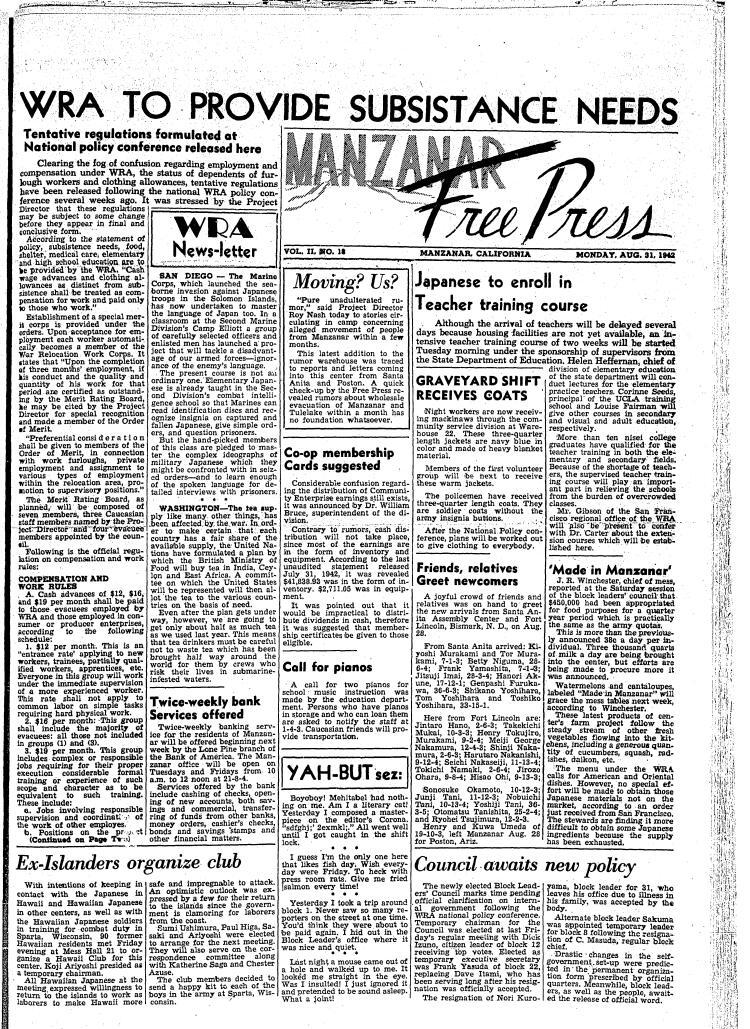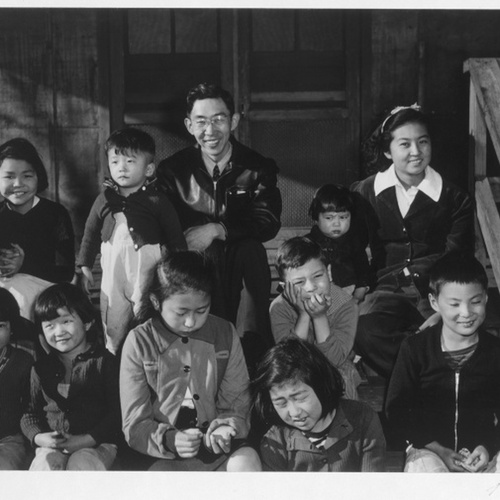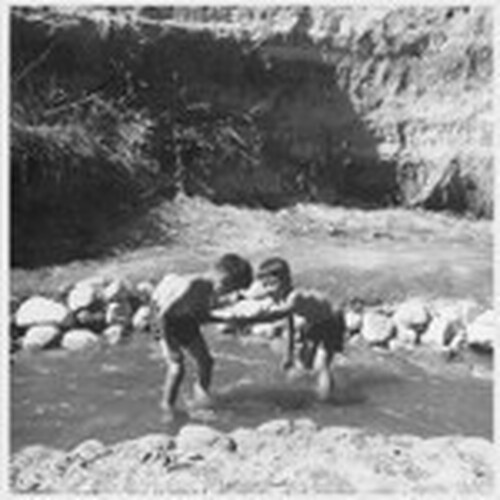Civil Rights and Liberties: Manzanar Relocation Center
The Start of Manzanar
When Pearl Harbor was attacked on December 7, 1941, President Franklin Roosevelt “issued Executive Order 9066 that resulted in the internment of Japanese Americans” (National Archives and Records Administration). Within days, 10 Japanese internment camps were in place all over the country. In total, over 120,000 Japanese people were forced into internment camps, and of that 120,000 people almost 75% of them were American born citizens. Among all the internment camps that were created, Manzanar was considered one of the smaller camps, however, Manzanar housed over 10,000 “internees”. Here, we’re focusing on the Manzanar internment camp located in Southern California near Death Valley National Park, but more specifically, we’re focusing on the childhood aspect of Manzanar. Additionally, the focus is on the children internees at Manzanar, and how they lived, what it was like as a child, and how those experiences carried on with them. On top of that, the goal is to understand how Japanese Americans used activism to improve lifestyle and preserve civil rights/gain back civil rights, and how those civil rights were tampered with.
Lifestyle & Landscape
The lifestyle at Manzanar was no walk in the park. For starters, internees were only allowed to bring one suitcase worth of clothing/belongings with them to their internment camp (Lynn Camp, 171). This made it extremely hard for individuals to have belongings with them that reminded them of their families, heritage, and culture. Along with that, the Maznanar internment camp consisted of communal bathrooms, which made many of the internees to feel dehumanized and unhygienic (Lynn Camp, 171). When it came to meals, their communal dining hall was considered extremely unsanitary, and “according to the United States Public Health Service, camp mess halls failed to adhere to ‘Army standards of cleanliness’ by washing dishes in cold water, leading to "mass outbreaks of diarrhea” (Lynn Camp, 171). Their “homes'' were small barracks where multiple families lived together, and there was even an orphanage for children who were either separated from their families or for those who never had families. The Manzanar camp was over 6,000 acres that consisted of schools, barracks, mess halls, bathing units, a church, a hospital, recreational areas, and gardens all surrounded by armed guard towers (National Park Service). While adults worked different maintenance jobs, the children went to school, and there was even a newspaper called the Manzanar Free Press. This lifestyle lasted almost three years, until the war was won and the relocation centers were dismantled.




